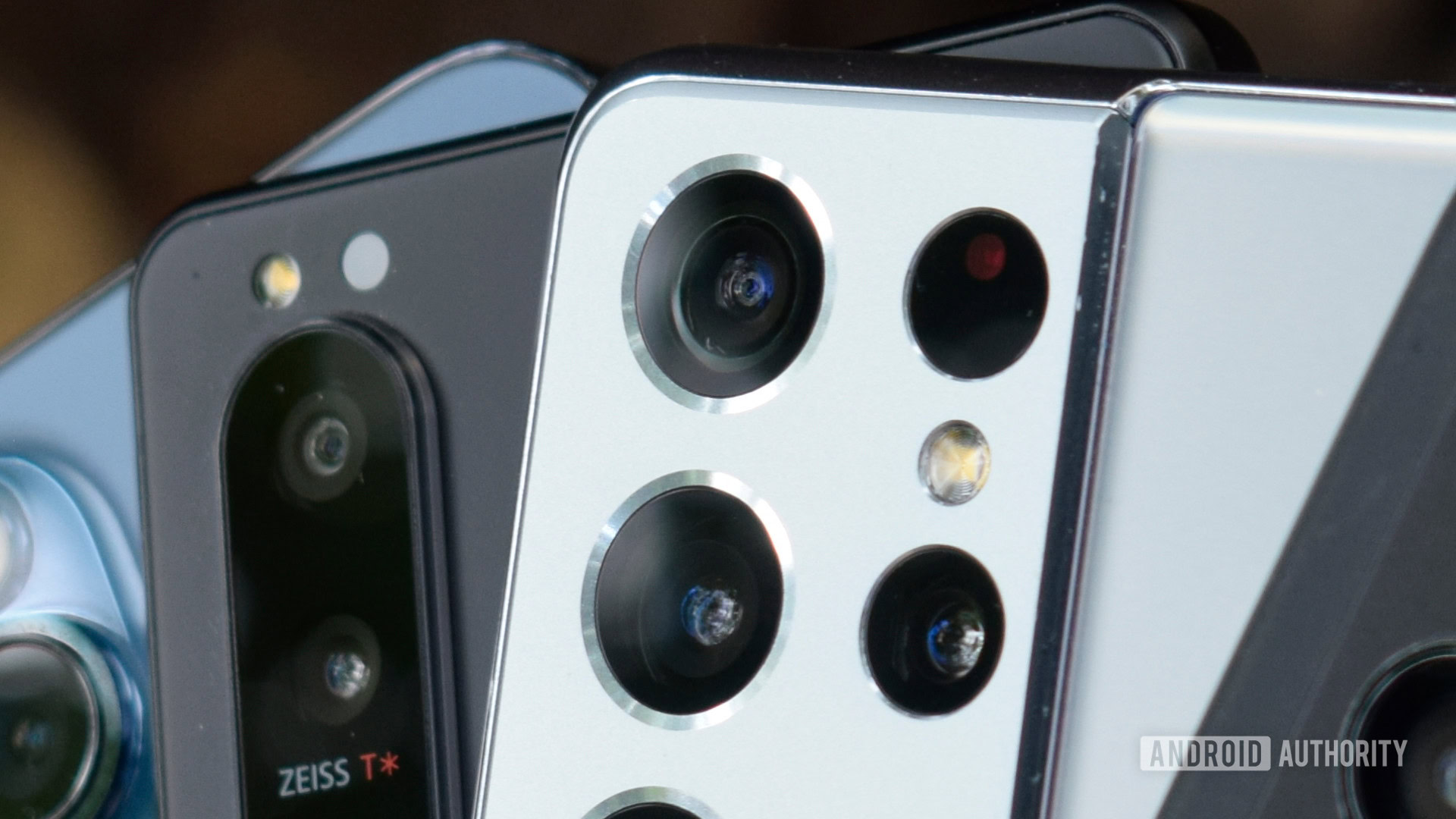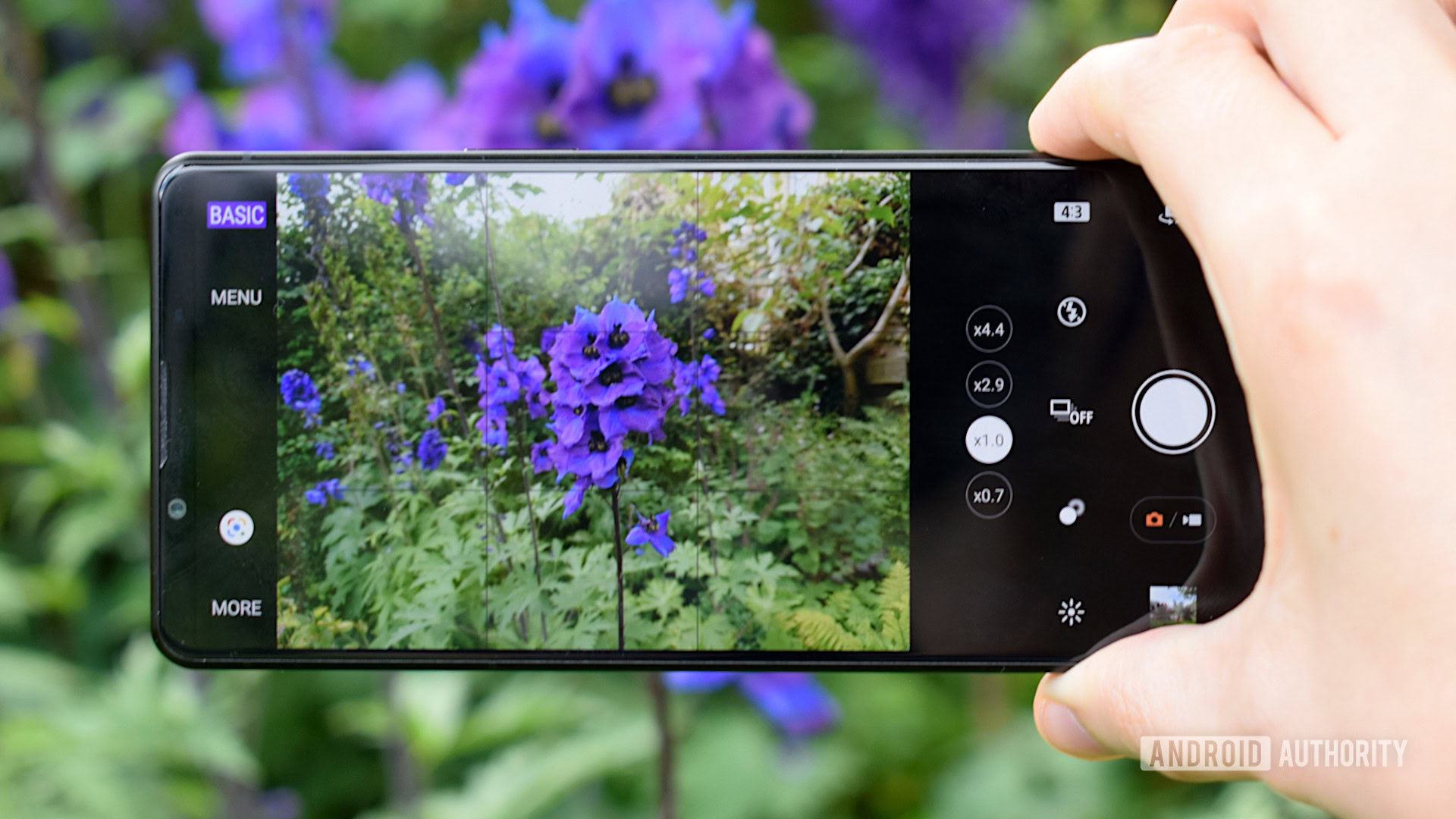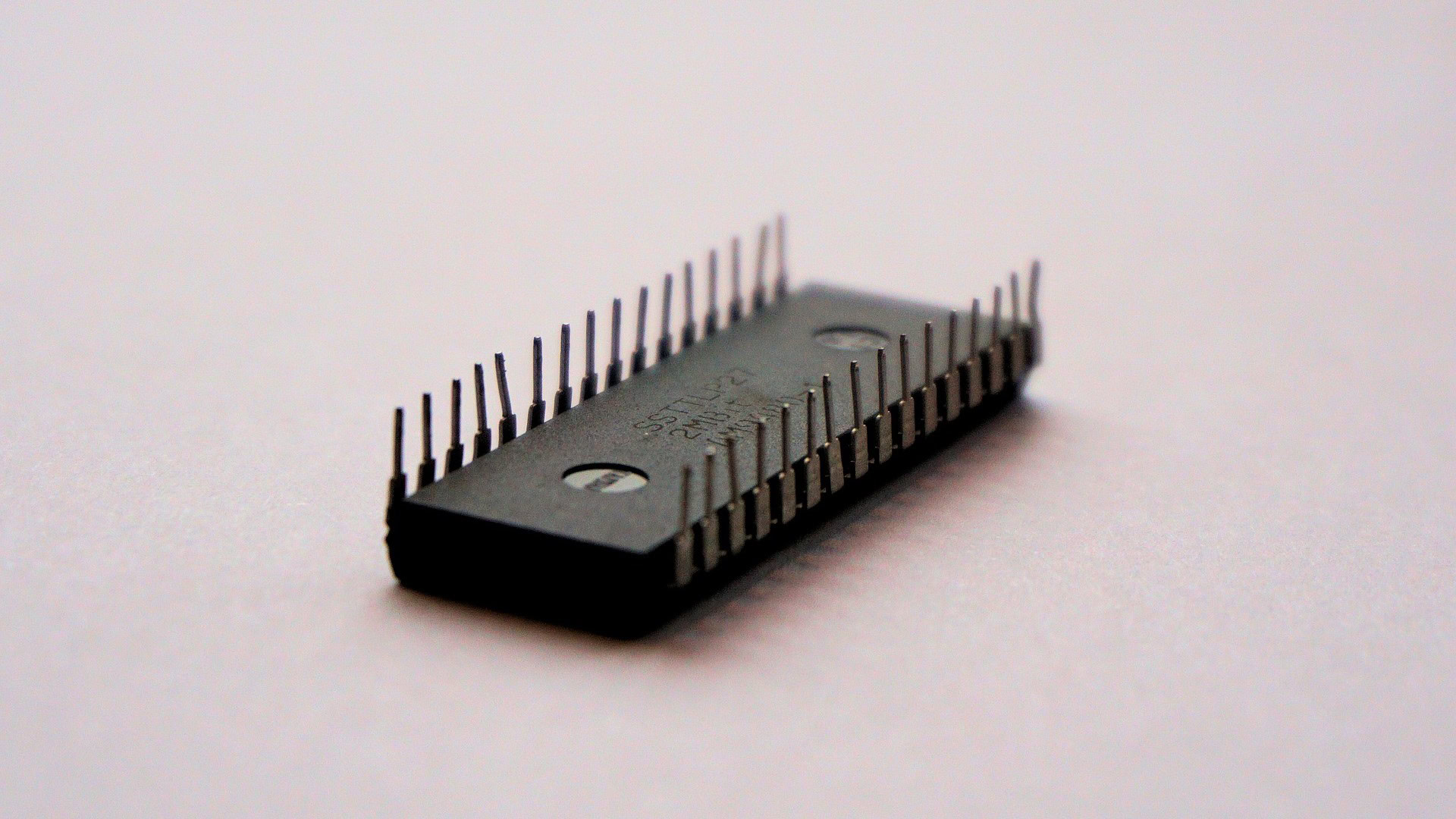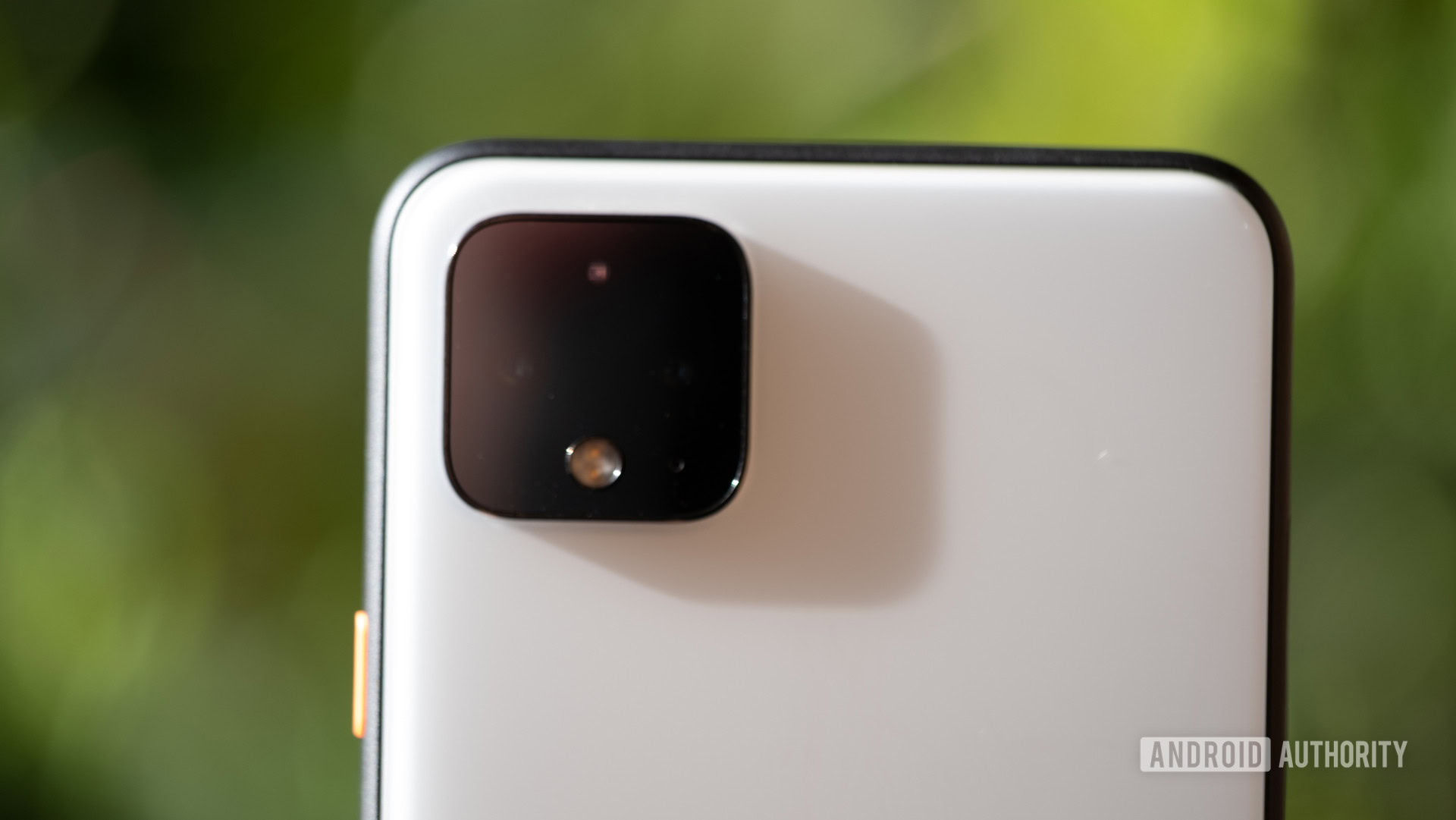Affiliate links on Android Authority may earn us a commission. Learn more.
Why custom imaging chips are the next mobile photography battleground

Photography prowess sells smartphones. In fact, it’s probably the biggest product differentiator in the market right now and has been for some years. Experimenting with different camera setups has produced the most robust and gimmicky photography packages in equal quantities, but the next smartphone photography war looks set to be fought on the image processing front.
Chinese brands Vivo and Xiaomi are pushing into the market with in-house image signal processing (ISP) technology to augment the pre-bundled component you’ll find inside a phone’s system on a chip (SoC). OPPO is also rumored to have its own chip in the works too. Google, of course, is looking to augment the photography capabilities of its upcoming Pixel 6 flagship with machine learning prowess inside its custom Tensor SoC.
Custom imaging chips are a trend that we’re almost sure to see more of throughout 2022 for a couple of equally important reasons.
The drive for better imaging

The obvious reason for investing in custom ISP technology is to improve image quality or to offer features you won’t find on competing devices. For instance, Xiaomi’s Surge C1 promises improved low-light image quality, better focusing, and improved auto-exposure and auto-white balance, essentially making the cornerstones of photography even better. But advanced ISPs can also be used to implement faster, more powerful HDR and even machine learning technologies — something Google no doubt also has in mind for Tensor.
While handset-grade image sensors continue to improve, smartphone cameras remain ultimately limited by the size of image sensors they can reasonably contain without unwieldy camera bumps or sacrificing battery capacity. To beat physics, smartphones increasingly turn to new technologies and processing techniques such as multi-ISO, multi-exposure, single-frame progressive HDR, and others to improve image quality. But these more powerful features are also driving the need for faster, more powerful, dedicated silicon, hence the growing emphasis on the role the ISP plays in a modern smartphone.
Custom hardware helped Google's Pixel punch above its weight and others are now embarking on a similar journey.
As we mentioned earlier, Google was one of the earliest companies to highlight the importance and capabilities of augmenting the traditional smartphone imaging pipeline. While not quite conventional ISPs, Google’s Pixel Visual Core and later Pixel Neural Core powered cutting-edge imaging techniques that saw its smartphones punch above their weight. Now the company has embarked on a bigger project, customizing the inner workings of the Pixel 6’s Tensor SoC.
It’s hard not to draw comparisons between the Pixel story and other brands now embarking on their own imaging hardware journeys. Likewise, Qualcomm has been talking up the imaging processing capabilities of its Snapdragon SoCs for a couple of generations.
As smartphones continue to push the boundaries of compact camera hardware, image processing and software capabilities will play an increasingly important role in driving innovation forward. Smartphone camera differentiation is set to become as much about custom silicon as it is about high-quality image sensors and lenses — although that’s not the only reason companies may be turning to in-house silicon development.
China wants its own silicon

It’s also not a coincidence that Chinese brands are pushing ahead with custom imaging silicon. China is heavily promoting national silicon development to cut its dependency on Western intellectual property. The ever-present threat that the US can cut a company off from essential IP has only emphasized the importance of China’s homegrown semiconductor design and manufacturing capabilities.
Image Signal Processors are one of the few key smartphone silicon components that can be moved from outside the main SoC with relative ease. External machine learning chips are another possibility and Chinese firms are forging ahead with in-house designs here too. But 5G, CPU, and graphics components are much more dependant on Western IP. HUAWEI is the only Chinese mobile silicon vendor with significant modem IP to develop its own SoCs, but even it is dependant on CPU, GPU, and other technologies licensed from the West — at least for now. It’s also worth noting that Xiaomi has already dabbled here with its low-end Surge S1 SoC.
ISP development involves a healthy mix of number crunching, memory, and encoding circuit design. Specialized processor design could be a useful stepping stone towards more general designs in the future. Not forgetting manufacturers get to experience the demands and requirements of chip manufacturing first hand as well, something that’s usually left to major SoC vendors like Apple, HUAWEI, Qualcomm, and Samsung. In another sense, you have to build your own hardware to be seen to compete with the big players.
Custom silicon aims to show that brands can compete with big players like Apple and Samsung.
This may only be a small part, but bringing specialist imaging in-house is another step towards silicon independence. Not to mention that ISP technology is useful for much more than smartphone cameras. Use cases span digital cameras, security devices and facial recognition, automotive, and more. Essentially, anything with a camera requires an ISP and that’s an ever-expanding market.
Custom ISPs: The next mobile photography battleground

Mobile trends in advanced imaging and computational photography have been around for a few years now, pushing the boundaries of image quality in the smartphone form factor. Image signal processors are an integral part of the puzzle, powering the basics like autofocus and exposure through to advanced HDR and AI-based algorithms.
Mega shootout: The best camera phones of 2021 so far tested
The latest trend in custom-ISP silicon is all about differentiation. Improving image quality is objective number one and new hardware is certainly helping to drive consumer photography capabilities to new heights, as Google’s Pixel lineup has acutely shown. On the other hand, silicon development is an equally key part of this differentiation, both in terms of building standout products and showcasing that these growing brands, particularly those in China, can compete with the silicon developers at Apple, Samsung, and others.
Although consumers are probably only just becoming familiar with the idea, custom ISPs are likely to be a key part of smartphone photography marketing pitches throughout 2022 and quite possibly beyond.